Cinema has emerged as a powerful tool in the 21st century for cultural expression and identity preservation. The role of film in promoting Gulf Heritage globally is gaining importance as filmmakers, governments, and cultural institutions from the Gulf Cooperation Council (GCC) countries increasingly use visual storytelling to share their rich heritage with the world. Through documentaries, historical dramas, and festival entries, films from the Gulf are educating global audiences about traditions, language, customs, and the evolution of the region.
Why Gulf Heritage Needs Global Recognition
A Region Rich in Untold Stories
The Gulf region — including the UAE, Saudi Arabia, Bahrain, Oman, Qatar, and Kuwait — has a long history rooted in Bedouin traditions, pearl diving, desert lifestyles, and Islamic culture. Despite its cultural richness, the Gulf’s heritage has often been overshadowed by its rapid modernization and oil-driven image. Global audiences are more familiar with skyscrapers and luxury than with poetry, folklore, or falconry.
That’s where the role of film in promoting Gulf heritage globally becomes essential. Film provides a dynamic medium to capture and communicate authentic stories that reflect the soul of the region.
5 Ways Films Promote Gulf Heritage to the World
1. Documenting Oral Traditions
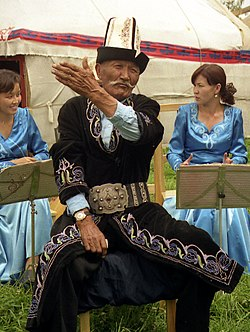
Many Gulf traditions have been passed down orally. Filmmakers are now preserving these through documentaries that record songs, stories, and family histories. These films are shown in international film festivals, helping preserve knowledge that could otherwise be lost.
2. Educating International Audiences
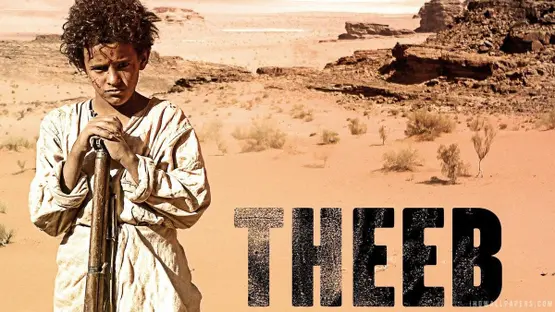
Films such as Theeb (Jordanian but inspired by Bedouin life) and Scales (Saudi Arabia) have received international attention. These films use local stories to educate viewers about Gulf customs and beliefs. Subtitled versions make them accessible to global audiences, providing cultural education beyond textbooks.
3. Empowering Local Voices
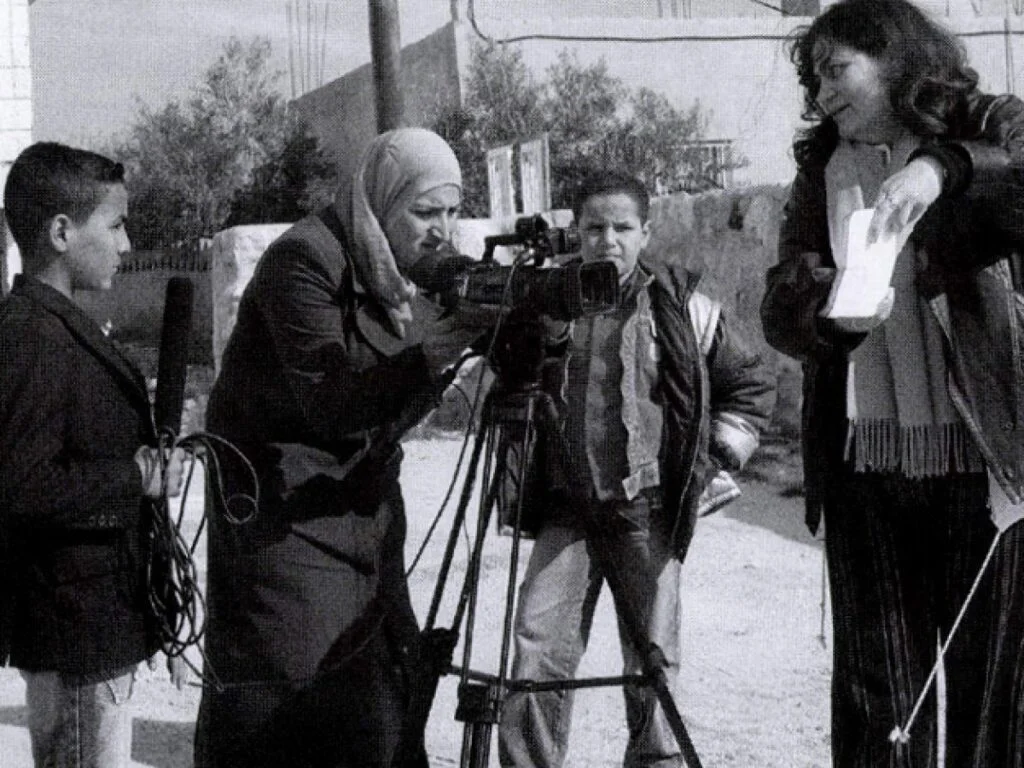
Emerging filmmakers from the Gulf are sharing stories that were once hidden. With support from film institutes like the Doha Film Institute and the Saudi Film Commission, local creators can now present authentic Gulf perspectives to the world.
4. Rebranding Gulf Identity
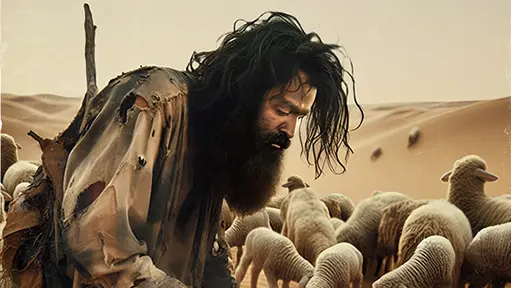
The cinematic portrayal of the Gulf region is shifting. Films are moving beyond stereotypes of wealth and oil, showing instead the diversity of desert communities, tribal relationships, women’s roles, and environmental challenges.
5. Creating Cultural Bridges
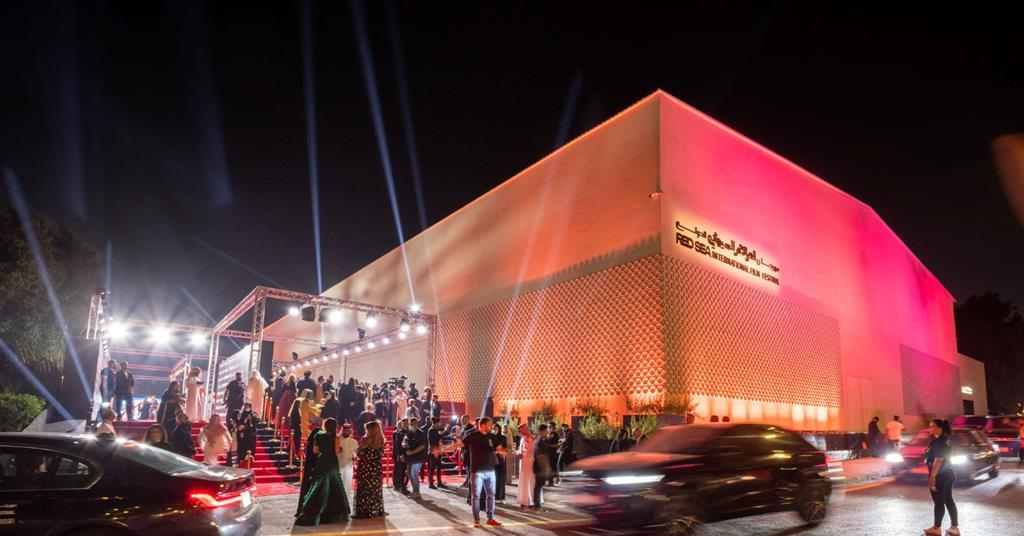
Film festivals like the Red Sea International Film Festival in Saudi Arabia and the Gulf Film Festival in Dubai bring filmmakers and critics from around the world. These platforms allow direct interaction between cultures and promote an exchange of ideas and values.
Challenges in Showcasing Gulf Heritage through Film
Limited Global Exposure
Although film festivals are increasing, many Gulf films still struggle to reach mainstream international cinemas. Language barriers, funding issues, and marketing limitations hinder their global reach.
Censorship and Cultural Sensitivity
Filmmakers often navigate strict cultural codes. Some topics like gender roles, politics, or religion are sensitive, limiting how freely stories can be told. Balancing authenticity with respect for traditions is a major challenge.
Misrepresentation in Global Cinema
Some foreign films inaccurately portray Gulf culture, reinforcing clichés. That’s why it’s crucial that authentic stories come directly from Gulf creators who live and understand the culture deeply.
The Role of Film Institutions in the Gulf
Film bodies like the Doha Film Institute, Abu Dhabi Film Commission, and Saudi Arabia’s Ministry of Culture are heavily investing in talent development, scriptwriting labs, and international co-productions. These institutions understand the role of film in promoting Gulf heritage globally and are actively creating policies and funding to support it.
The Future of Gulf Heritage Through Film
The future is promising. As more Gulf youth enter the film industry, stories are becoming more diverse and dynamic. Netflix and Amazon are acquiring Arabic content, expanding the audience. With advancements in digital filmmaking and international collaboration, Gulf heritage is set to reach more screens across continents.
The region is also exploring VR (Virtual Reality) films that immerse viewers in Gulf environments — like walking through an ancient souq or attending a traditional wedding — allowing for an even deeper cultural connection.
Conclusion: A New Golden Era of Cultural Storytelling
The role of film in promoting Gulf heritage globally is not just about preserving the past — it’s about shaping a future where cultural pride meets modern storytelling. By combining tradition with technology, Gulf filmmakers are turning their regional narratives into global conversations. As these stories continue to reach new audiences, the world gains a richer, more authentic understanding of what the Gulf truly represents.
read more- Street Art and Graffiti in Gulf Cities: 7 Amazing Ways It’s Thriving



